Our friends, Dave and Regina, are taking their CS40, Vitae, from Lake Ontario to Lake Erie through the Welland Canal and asked me to give them a hand. I’ve been through the locks in the Trent-Severn Waterway but these locks are much, much, bigger!
Dave and Regina started sailing with us and they quickly moved to a beautiful CS40 sailboat, they named Vitae.
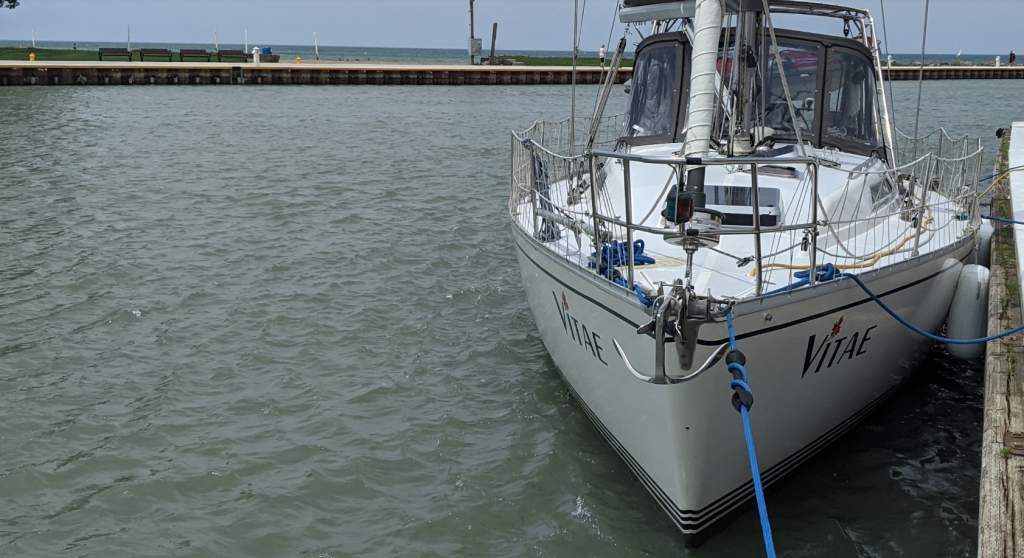
I’ve mentioned them before in our blogs as “our CS40 friends”. They are now public and have already done a great job documenting their adventures on their new blog at SailingVitae.ca. If you are a CS boat fan, or if you are interested in their journey from Lake Ontario to the North Channel on Lake Huron you will want to follow their adventures!
I attached a GoPro to my lifejacket to create this video of our experience.
Dave and Regina created a blog post documenting our trip through the Welland Canal.
The Welland Canal – SailingVitae.ca
Since they’ve already described the journey, I’ve just collected a bunch of random information about the Canal as I was learning more about it.
Info about the Welland Canal
The Welland Canal is a very impressive feat of engineering. It allows cargo ships to transport over 40 million tons of cargo a year. Note: this is fourth version of the canal and there is a planned fifth version!
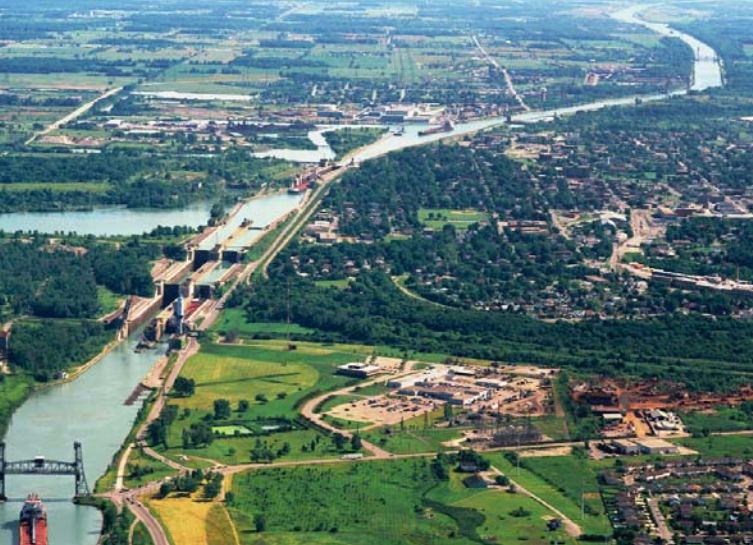
With eight locks over 43km it allows vessels to safely change between the 326 feet (99.5 m) height difference of Lake Ontario and Lake Erie. This visual puts it into perspective.
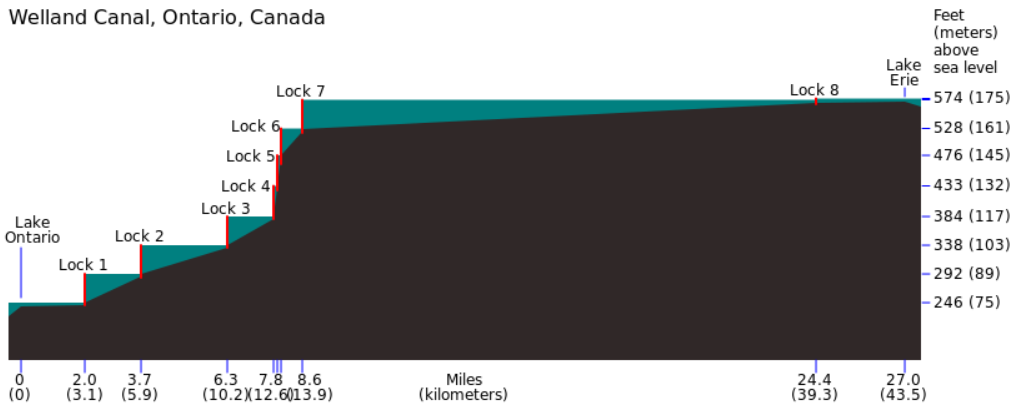
Wikipedia has a lot of great information about the canal:
https://en.wikipedia.org/wiki/Welland_Canal
There are a few publications available through the St. Lawrence Seaway Management Corporation.
https://greatlakes-seaway.com/wp-content/uploads/2021/04/pleasurecraftguide_en.pdf
https://greatlakes-seaway.com/wp-content/uploads/2019/10/tommy_trent_abc.pdf
The Pleasure Craft Guide provides a good overview map of the locks. And is a must read prior to going. The ABCs of the Seaway is a much lighter but still informative read.
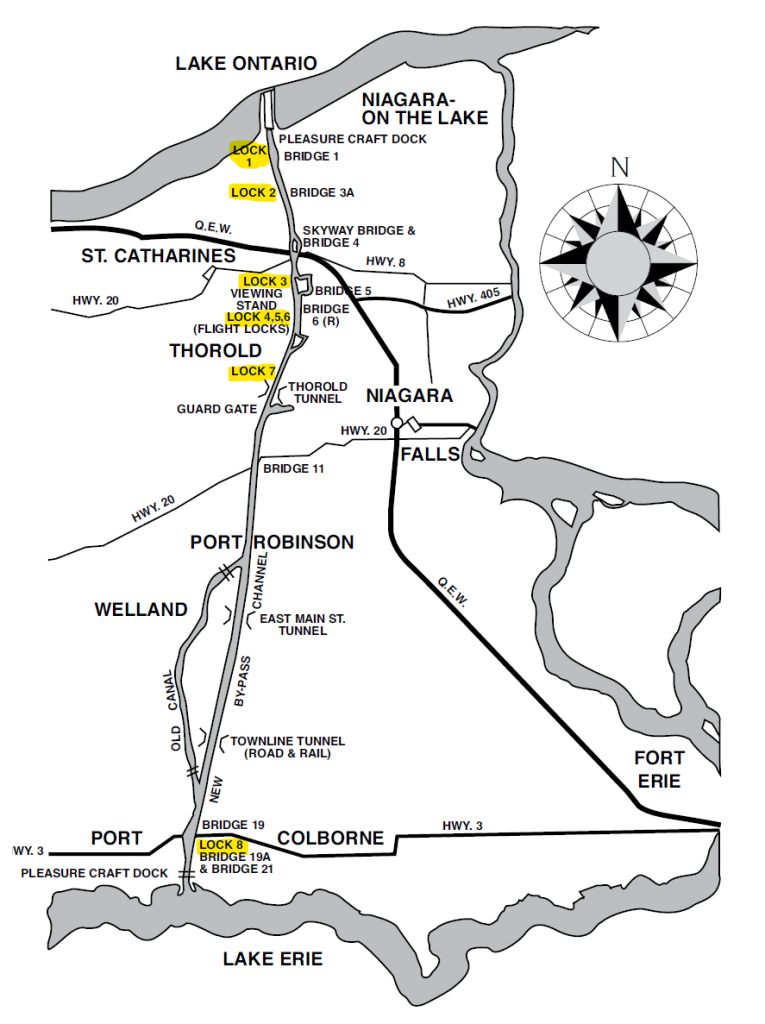
VHF Radio
You are going to mostly use Channel 14 to communicate with staff. This is the working channel and listen to how others talk on this channel. Brief, quick and to the point. You may be asked to switch to a different channel for longer conversations. You will most likely have one person in your group assigned the role of primary contact. They will do all the checking in and talking at each lock. Just listen in so you know what’s going on.
You can reach the Welland Canal Operations Center on VHF 14 or on cell, +1 289 690-4344.
Mooring Side
Look to guides for official instructions, this page may get outdated (or I may have messed it up).
Going upbound in Welland Canal, Lake Ontario to Lake Erie
- Lock 1: Starboard
- Lock 2: Starboard
- Lock 3: Port
- Lock 4: Port
- Lock 5: Port
- Lock 6: Port
- Lock 7: Port
- Lock 8 Starboard – the Pleasure Craft Guide mentions starboard tie up but this is a long open lock you just slowly motor along and don’t tie up.
Going downbound in Welland Canal, Lake Erie to Lake Ontario
- Lock 8: Port
- Lock 7: Starboard
- Lock 6: Port
- Lock 5: Port
- Lock 4: Port
- Lock 3: Starboard
- Lock 2: Port
- Lock 1: Port
Signal Lights
Other than the obvious green lights, these were confusing to interpret. Tomy Trent’s ABCs of the Seaway provides the clearest explanation.
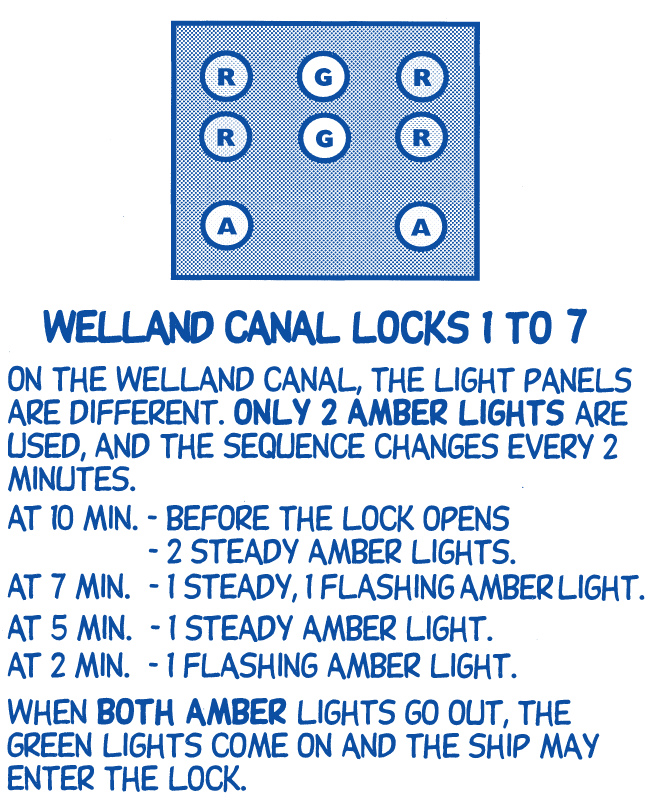
My Lessons Learned
- Read and study the Pleasure Craft Guide before you go! It’s not as straight forward as I first thought it would be. A few things to focus on:
- How to contact the canal staff. VHF works but is short and formal. Calling on cell results in a more casual conversation.
- What do the signs and signal lights mean?
- What side do you tie up on? You will be switching the side of your fenders a few times during transit.
- Be prepared to hover your boat in tight spots for long lengths of time. Some of the bridges and locks take a while to clear before you can enter. We had to wait over 20 minutes for one train to pass.
- Sunscreen and appropriate gear for weather. It’s going to be a long day on the water, most of it out on deck in the elements. Make sure you have the right clothes and protection for the weather. And good gloves are really important. You will be pulling on old spiky polypropylene floating lines all day. And lifejackets must be worn at all times.
- Make sure you stay properly hydrated, and have lots of easy to eat snacks. Other than between Lock 7 and Lock 8 you won’t have a lot of time to cook a meal.
- Holding the lines takes a lot of strength in high winds and can put a lot of vertical strain on your cleats. Might get a better angle to pull/cleat on the opposite side of your boat. But be very careful as your boat rises/lowers in the lock these angles will change. You may all of a sudden find your line pressing against a lifeline, shroud or gear as that angle changes. A few times we put the motor in gear to help push us forward against the wind.
- You will meet the other boats in your group at the pleasure craft dock at the beginning. The paid captains that transfer boats for a living will be the self-proclaimed pros and will try to take control of the situation. Just remember they are most likely making decisions in their best interest, not yours. My one experience found that the loudest egotistical “professional” captain that wanted to direct everyone how to tie up was the least talented in maneuvering their boat in the locks and was a danger to others. You are going to spend the whole day with this group, so be polite and reasonable but make sure you take others advice with some healthy skepticism.
- You can never have too many fenders. You will spend a lot of time bumping and sliding against the wall and you may have a second boat rafted to you. Going upstream it is useful to have a fender board to slide against the concreate as your boat rises. We didn’t think it would be as useful going down as the fender board would constantly pop up.
- If you are going into Sugarloaf marina at the end of your transit, you are most likely going to do it in the dark. Prepare yourself by studying the charts and satellite view in Google maps. Have a powerful flashlight or spotlight ready. There is not a lot of lighting to get into that marina and a lot of concrete walls to hit!
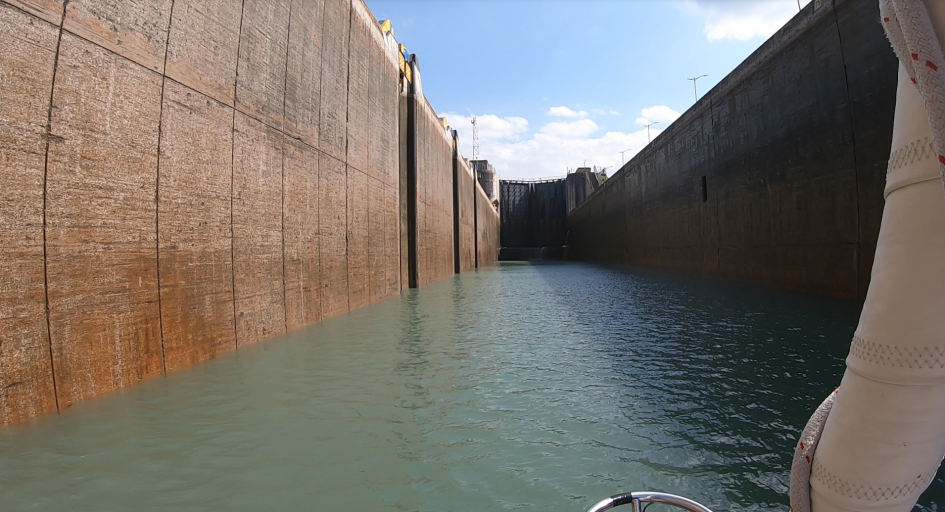
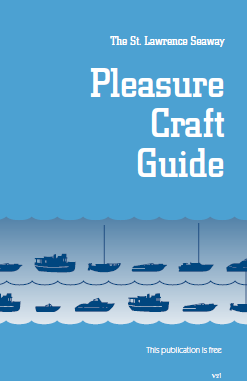
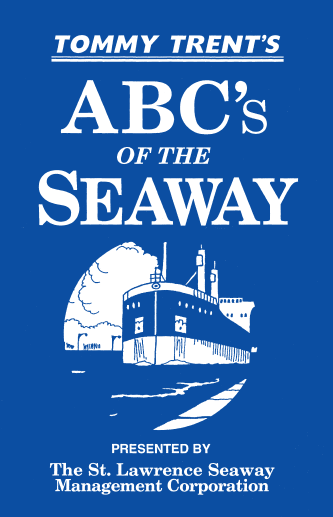
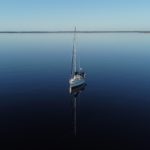
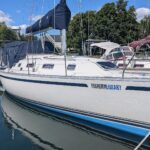

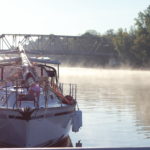
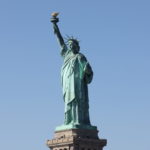
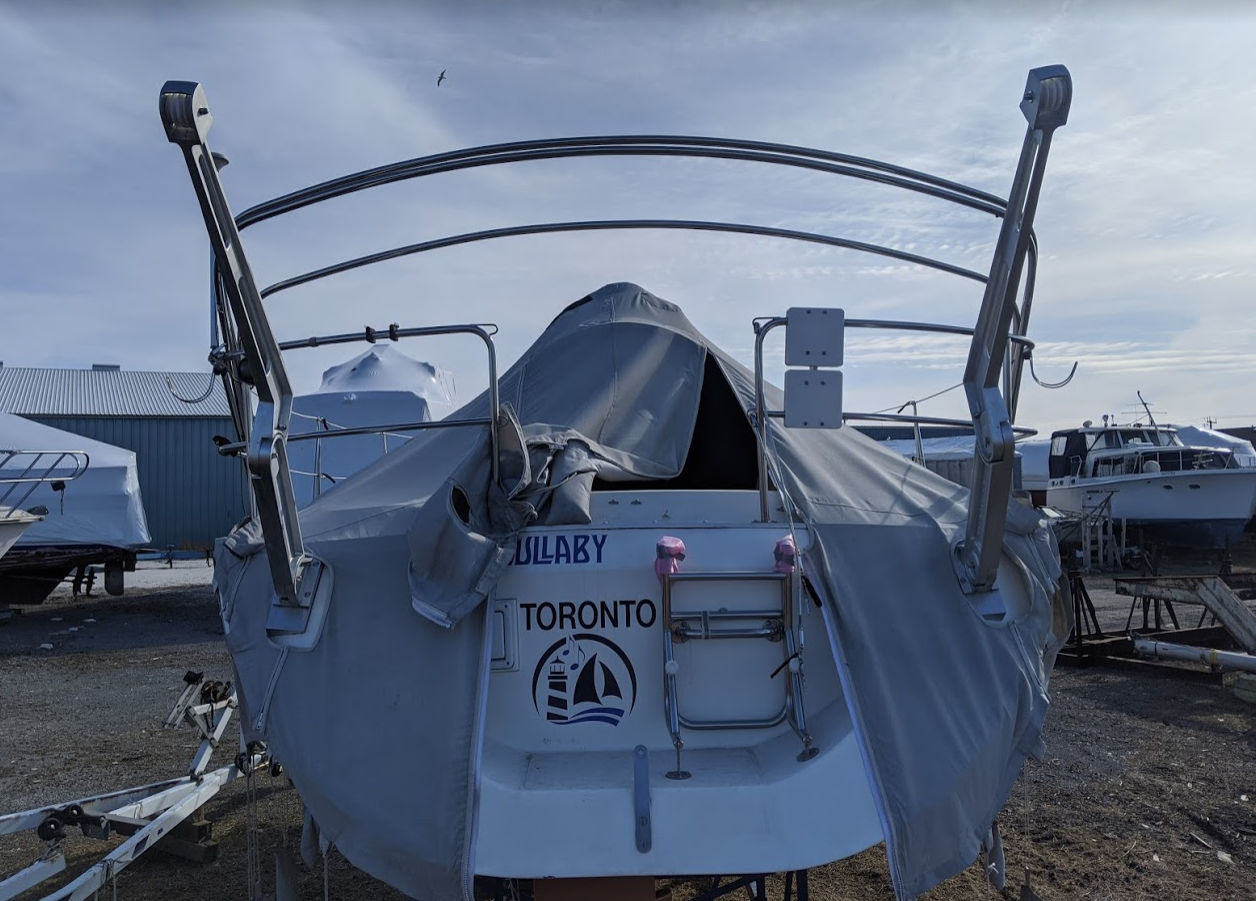
July 7, 2021 at 9:56 pm
Small world.
They stopped at our home port in Trenton and I walked over to say hello and admire their boat.
Thanks for sharing.
Nick
Bellos CS36T
July 8, 2021 at 9:44 am
Hey Nick, that is amazing. They are great people to know. The CS community is great. I’m always looking for other CS owners wherever I go and there’s a good chance we’ve interacted on the csoa.groups.io site!